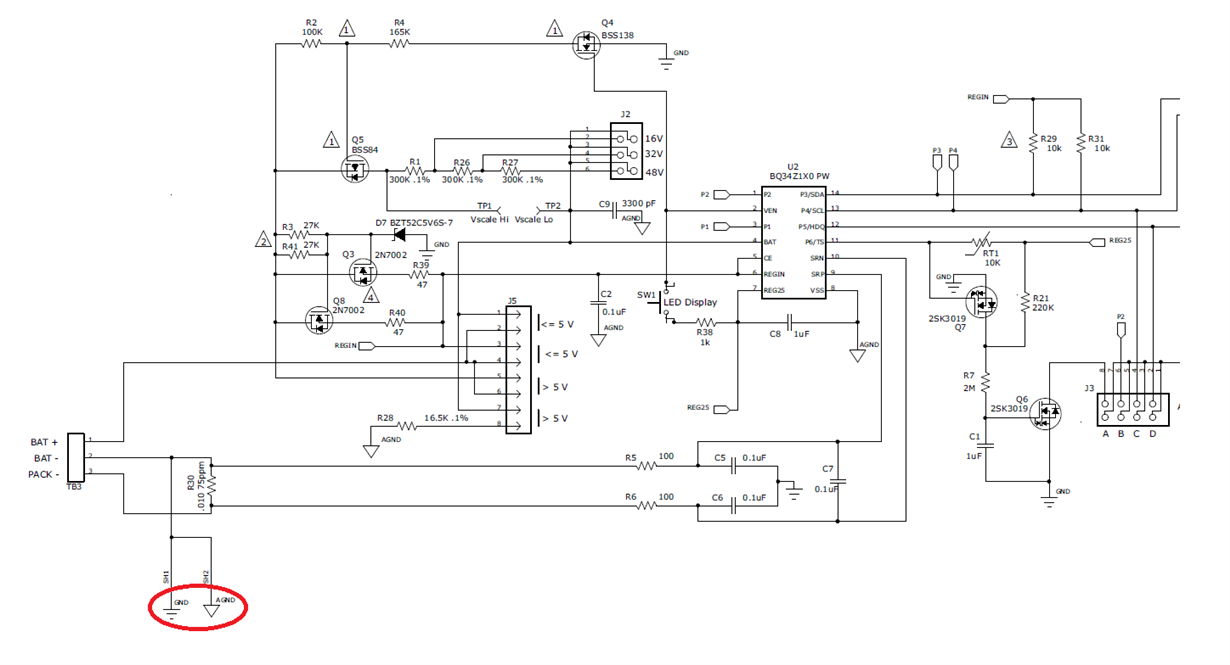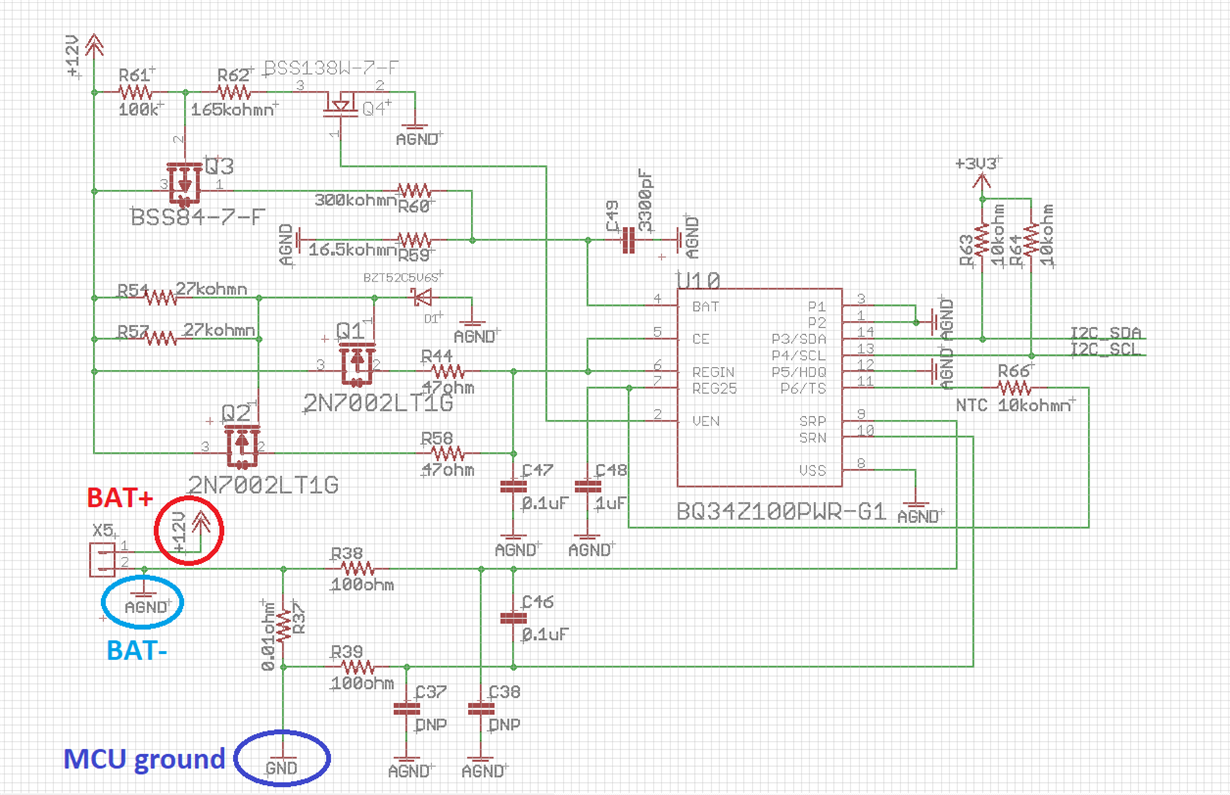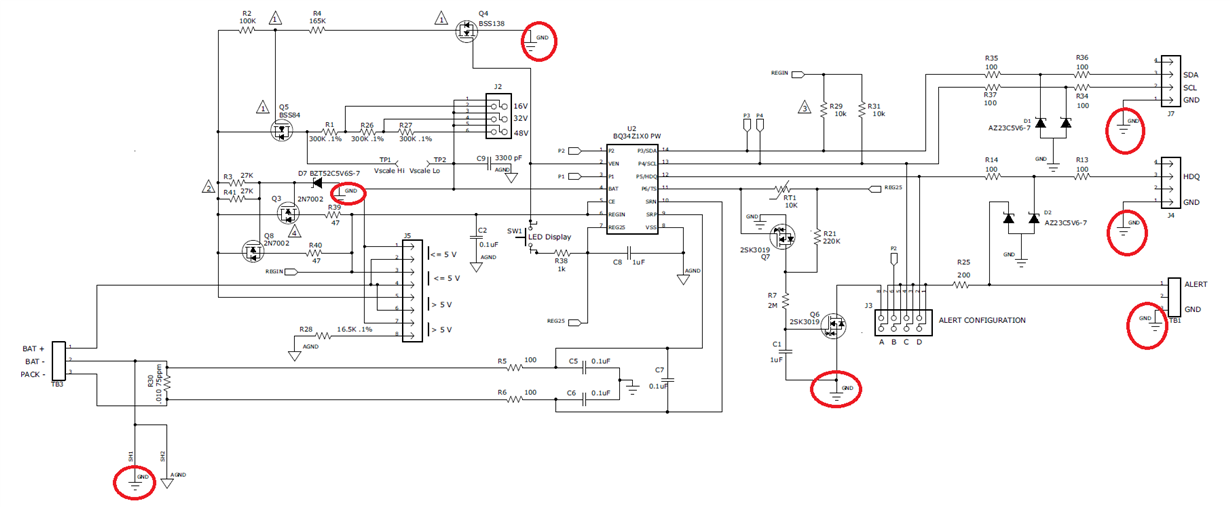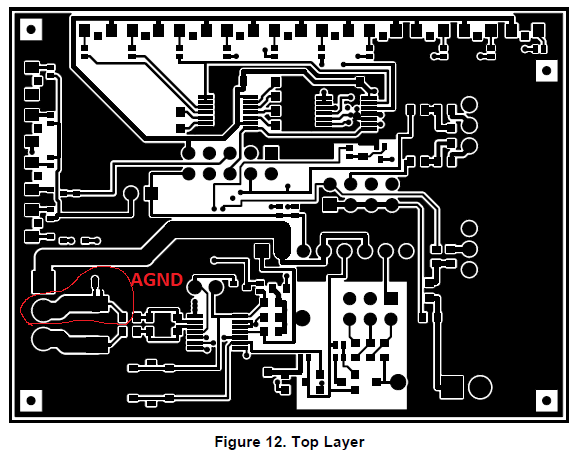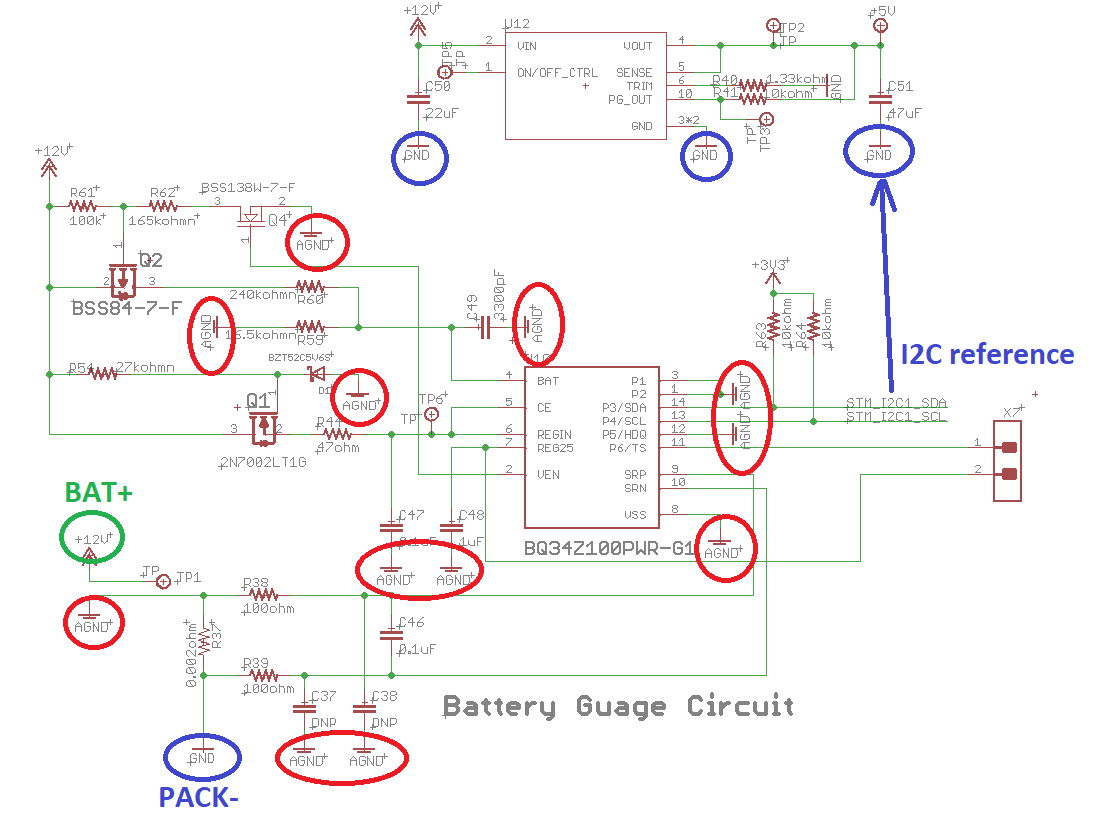Other Parts Discussed in Thread: BQ78350, BQ40Z50, BQ4050, BQ34110, BQ34Z100-G1, BQ34Z100, BQ34Z100EVM
Hi,
We are designing the coulomb counter and battery monitor for 12V (4-cell LiPo) battery with 30Ah capacity. Please note that we are not including any charging circuit and the charging would be done externally. I would like to know if BQ76920 supports our required capacity? Also, the parameters that we need to take care of.
In addition, is there any other alternative for similar specs that we can consider (excluding BGA packages)?
Thanks,
Muhammad Awais


